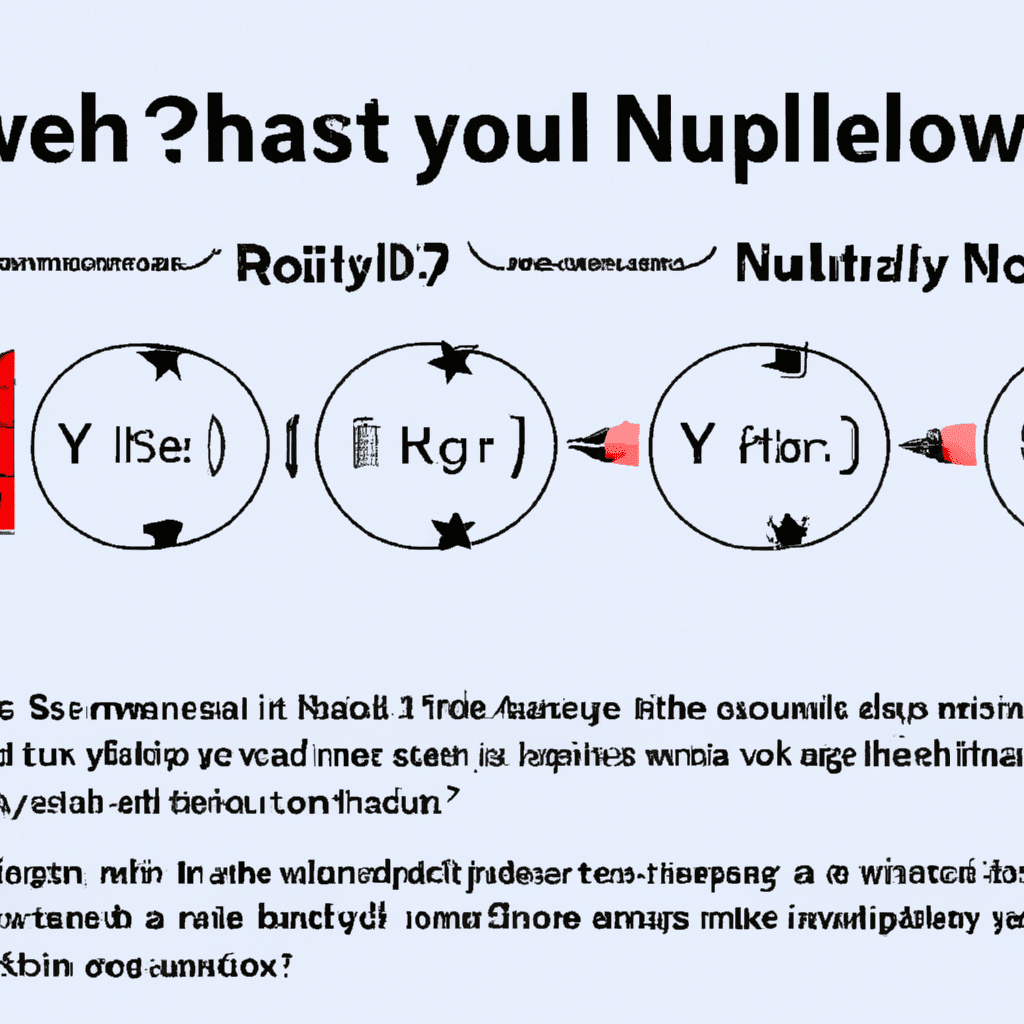It’s a common phenomenon in the world of scientific experimentation: you start with a hypothesis, you set up an experiment to test it, and then you have to decide whether to reject or accept the null. This can be a confusing and complicated process but don’t worry! In this article, we’ll explore the fun and joyous process of rejecting and accepting the null hypothesis.
Rejecting the Null: A Fun Guide!
When it comes to scientific experiments, rejecting the null hypothesis is a real thrill ride! Firstly, you must set up a hypothesis and determine what kind of statistical test you need to use to test it. Be sure to be as precise and thorough as possible in your null and alternative hypothesis statements. Once you’ve got that down, it’s time to get your hands dirty and collect the data necessary for your experiment.
Once you’ve collected the data, you need to calculate the p-value. The p-value is essentially a measure of how likely it is that the results you’ve obtained could have arisen by chance alone. If the p-value is below a certain predetermined threshold, then you have good reason to reject the null hypothesis – meaning that your original hypothesis is true. This is the part where you can really get your heart racing! Rejecting the null hypothesis is a great way to feel a sense of accomplishment and excitement in the world of science.
Accepting the Null: A Joyous Journey!
On the other hand, accepting the null hypothesis can be a joyous journey as well. When you look at the data you’ve collected and your p-value is above the threshold, it can be a relief to accept the null hypothesis. This means that the experiment you’ve conducted has not provided any evidence to suggest that your original hypothesis is true. While this may not be the outcome you were after, accepting the null is still a vital part of the scientific process.
Moreover, accepting the null hypothesis can also be an opportunity to reflect on the experiment you’ve conducted and to learn from it. This could mean tweaking the method of your experiment or even testing a different hypothesis altogether. Accepting the null is a fantastic way to identify areas for improvement and growth, and to keep learning and pushing the boundaries of science.
In conclusion, rejecting and accepting the null hypothesis can both be exciting and joyous experiences. Whether you reject or accept the null, you will learn something valuable and can use the experience to keep pushing forward with more experiments and investigations. So get out there and enjoy the journey of scientific exploration!
